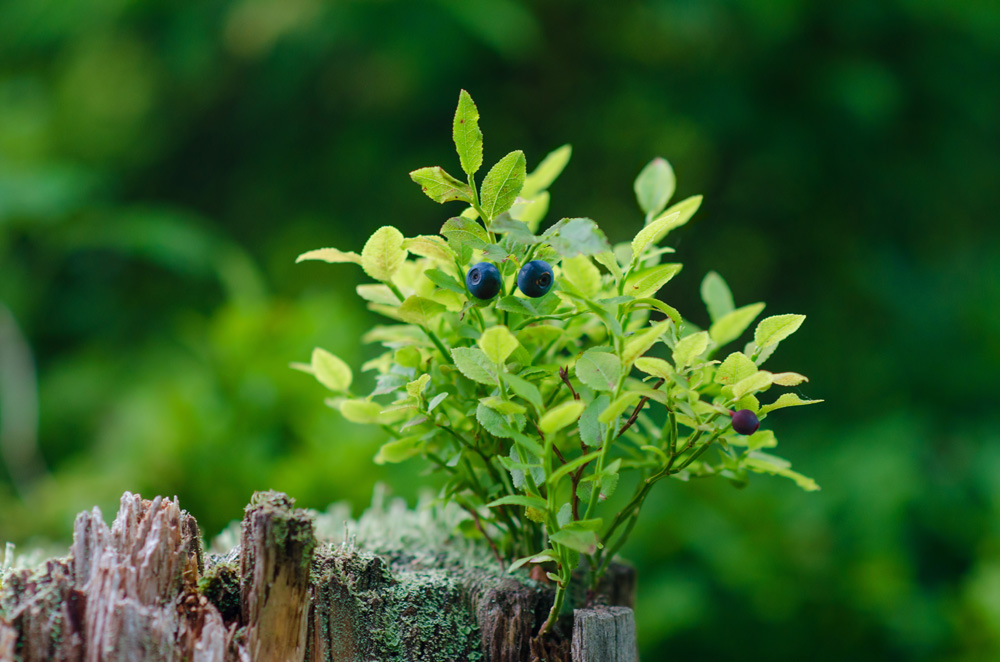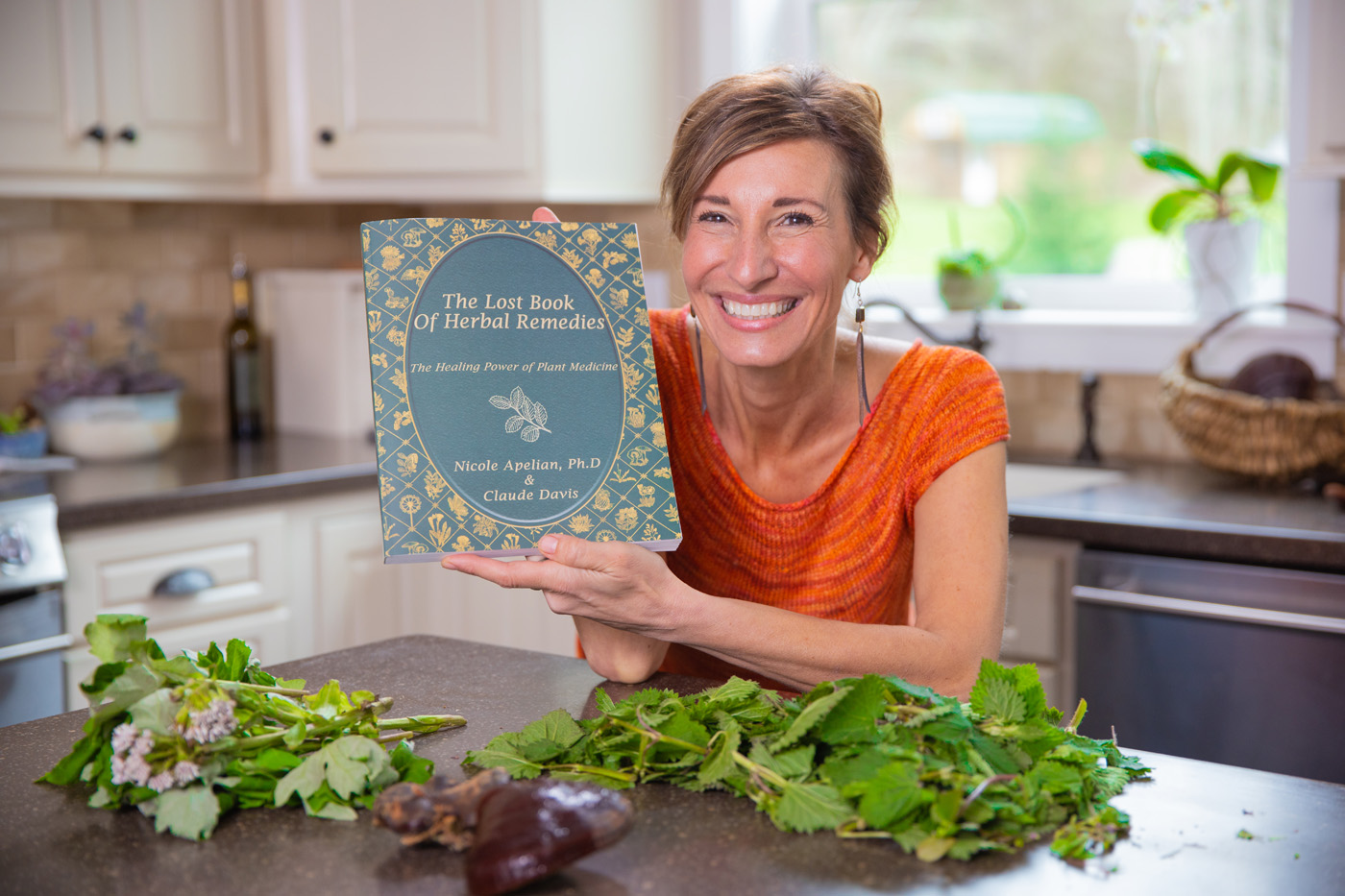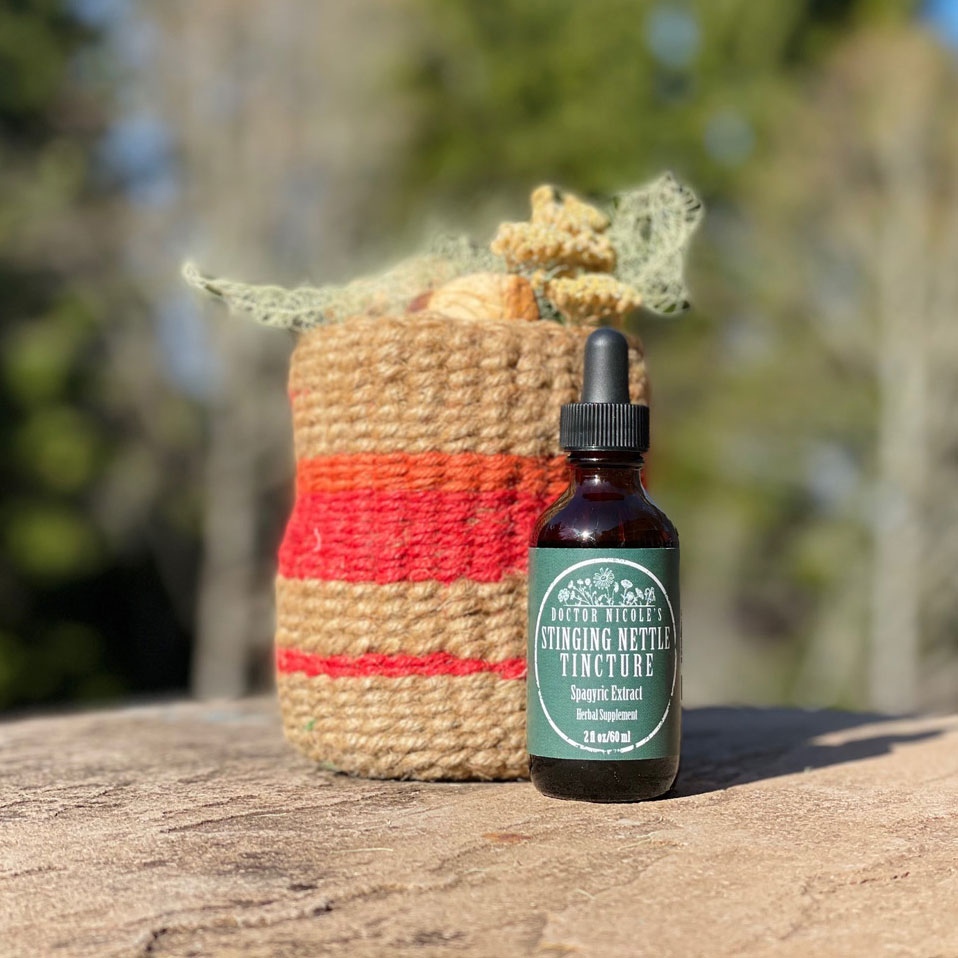Discover the Power of Bilberry for Vision, Detox, IBS and More!
Sometimes called whortleberry, dyeberry, and European blueberry, bilberry is a powerhouse of nutrition and medicinal uses. Do not confuse it with your typical blueberry. The antioxidant and anti-inflammatory properties of the plant are helpful with inhibiting the growth of cancerous cells and encouraging apoptosis (cancer cell death). What’s more, bilberry is exceptional for supporting cardiovascular health, cognitive function, detoxification, vision, and healthy gums. It helps to lower sugar levels and the absorption of fat, both of which are helpful for diabetes and obesity. Needless to say, this is one berry that everyone should get to know!
Basic Identification
Growing low to the ground, the bilberry shrub is usually less than 2 feet (0.6 meters) tall. Flowers are pink in color and urn-shaped. The berries are small and bluish-black and contain many seeds. The inner flesh is dark red or blue, in contrast to the pale-green interior of blueberries. Bright green leaves have finely-toothed edges.
Where Does It Grow? Generally found in meadows and moist northern coniferous forests with acidic soil, bilberry is often seen in subarctic and arctic regions. Native to Europe, today it is also found in North America. It is a close relative of blueberries, cranberries, and huckleberries.
Harvesting
You can harvest green bilberry leaves anytime before winter. Pick berries when they are fully ripe and bluish-black in color. To preserve, prick or cut each berry and dry in a dehydrator.
Edible Uses
Bilberry has a slightly tart and bitter flavor. Because of this, it is typically cooked with sugar, although I quite enjoy them raw. A popular use of the berry is to make pies and jams. The leaves can be used for tea.
Medicinal Uses
Bilberry has a wide-range of medicinal uses. The berries are an outstanding antioxidant and heavy metal chelator due to high anthocyanin content, which is what gives them their deep blueish-black color. It is anti-inflammatory, anti-bacterial, and antifungal. Bilberry is also a natural antihistamine, which is helpful for allergic reactions. The berries can be eaten raw, in jams and jellies, or in dried powdered form.
Seeking a convenient and ready-made allergy remedy?
Visit the apothecary today and learn more about my potent stinging nettle tincture!
Here are My Top 4 Uses for Bilberry:
Improves and Protects Vision. Famously known for helping to support healthy vision, bilberry can help cataracts, night blindness, macular degeneration, poor vision, and chronic eye strain. It calms inflammation, protects the cells of the eye, and prevents diabetic-induced ocular nerve damage. Use bilberry internally, not topically in the eyes. You can read more about how to encourage eye health in my post, “Keeping Your Eyes Bright, Healthy, and Disease-Free — Naturally!”.
Heart Health and Blood Sugar. Bilberries are used to lower blood sugar levels in people with type 2 diabetes. The berries act similarly to some blood sugar medications, preventing the breakdown and absorption of carbohydrates in the gut. Bilberries are also rich in compounds such as anthocyanins, which support healthy blood sugar levels, inflammation, and heart health.
Detoxifying Heavy Metals. Bilberry has the unique ability to bind heavy metals like arsenic, lead, cadmium, and iron from the blood, thereby improving the function of the liver and kidneys. High levels of the antioxidant anthocyanin is key in this regard.
IBS, Ulcers, and Gastrointestinal Issues. Helping to soothe the gastrointestinal system, the tannins and anti-inflammatory compounds in the berry help to tame inflammation and calm irritation. The berries relieve symptoms of indigestion, diarrhea, nausea, and IBS. The leaves used internally are both preventative and curative of ulcers. For ulcers in the mouth, apply the leaf extract topically to the sores.
Deepen Your Knowledge of Herbal Medicine
But that’s not all. There are over 9 medicinal uses for bilberry in my book, The Lost Book of Herbal Remedies: The Healing Power of Plant Medicine. Detailed harvesting advice for this herb and many other easy to find plants are included. What’s more, it shows you how to make decoctions, infusions, tinctures, salves and much more right in your own home. Nature does indeed provide!
Nicole Apelian
Nicole’s Apothecary Products in this Post
Safety
Bilberry is very safe with no known side effects. However, it can interfere with some medications. It is always a good idea to consult with your healthcare professional before using or eating bilberry if you are pregnant, breastfeeding, on prescription medication, diabetic, have problems with blood clotting, or use aspirin. Bilberry leaves should only be used short-term.






